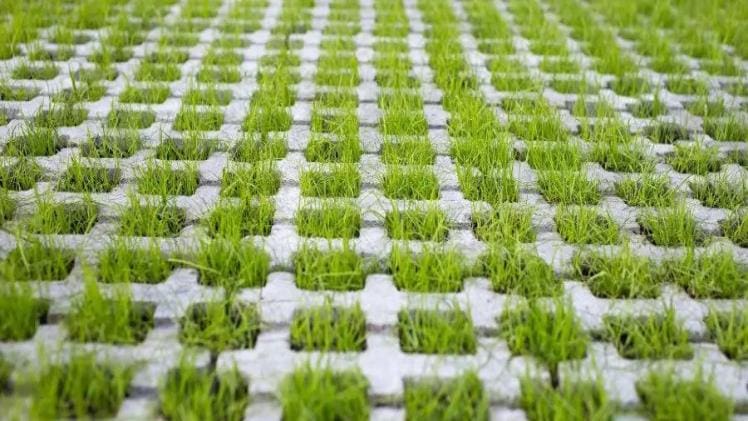1. It Manages Surface Runoff
When stormwater or snowmelt hits natural groundcover, it seeps into the soil. Once the soil can’t take in anymore water, the water flows on the ground to a different area. In contrast, when man-made materials don’t allow water to seep into the ground at all, surface runoff becomes a serious problem. Permeable pavement reduces the flow rate, volume, and temperature of the surface runoff by allowing water to seep into the ground.
2. It Recharges the Water Table
The water table is a layer of soil or rock saturated with water. Permeable pavement lets water flow into the soil at a controlled rate, replenishing the groundwater supply. Groundwater maintains rivers, lakes, and streams, and we use it as a source of drinking water and for crop irrigation. Use permeable pavement in places such as tree pits, footpaths, and driveways for efficient surface water drainage.
3. It Filters Pollutants
The next way that permeable pavement is eco-friendly is that it filters out pollutants. Hard pavement contributes to flooding and water contamination as the surface runoff picks up litter, petroleum, and chemicals from fertilizers. These pollutants can then end up in lakes, rivers, and wetlands, threatening our supply of clean water.
4. It Reduces the Heat Island Effect
Conventional pavement absorbs and radiates more heat than permeable pavement. Urban centers stay warmer than more rural areas, and they stay heated for longer. This is called the heat island effect. The heat island requires higher energy consumption for air conditioning, leading to increased air pollution and greenhouse gas emissions from power plants. Using light-colored permeable pavers reduces heat.
5. It’s Durable
Finally, permeable pavement is durable. The porous material allows for more water and air fluctuations than traditional pavement without harming the integrity of the material. This durability decreases the need to manufacture replacement coverage, conserving resources and preventing wasteful disposal.

